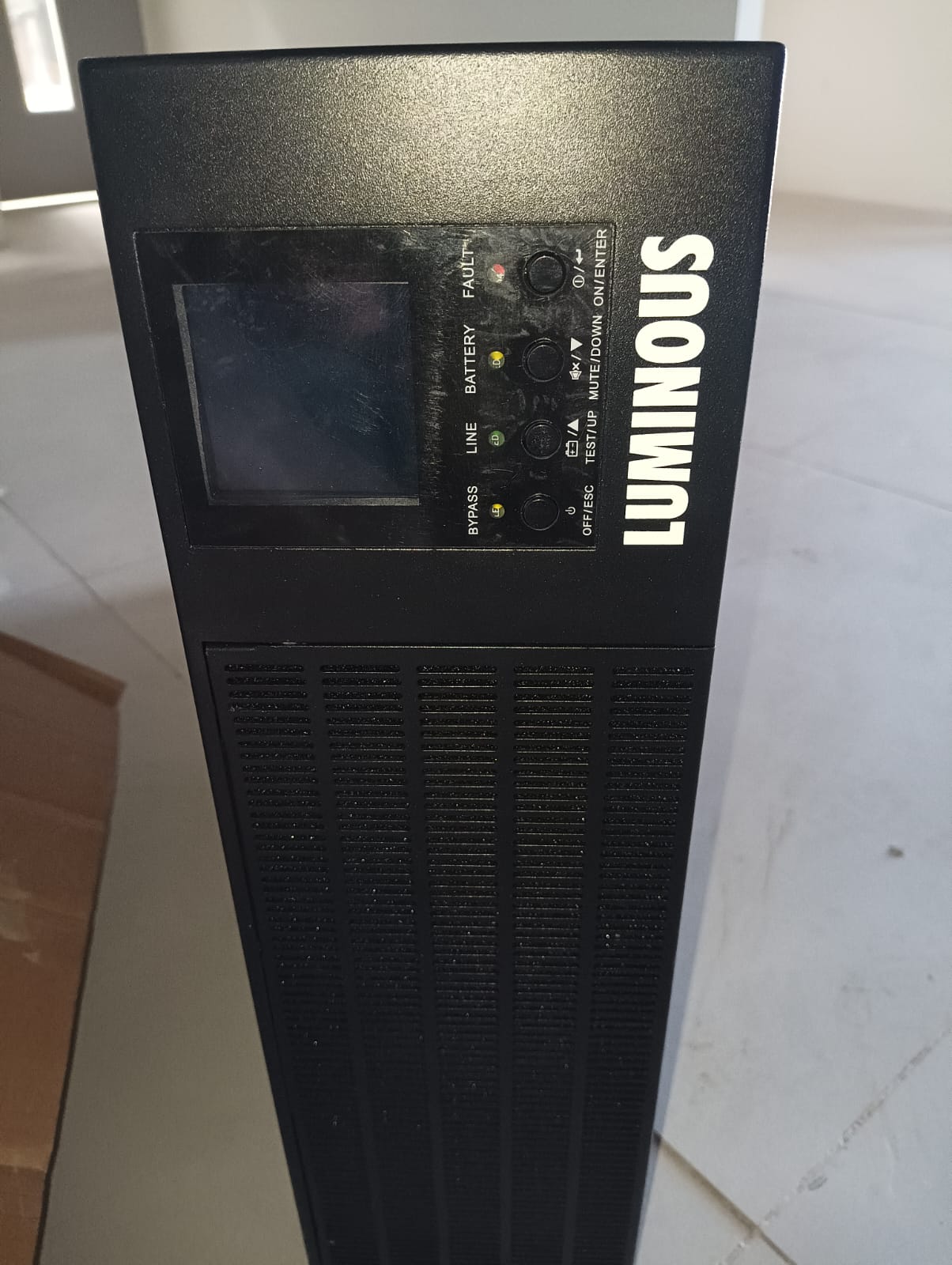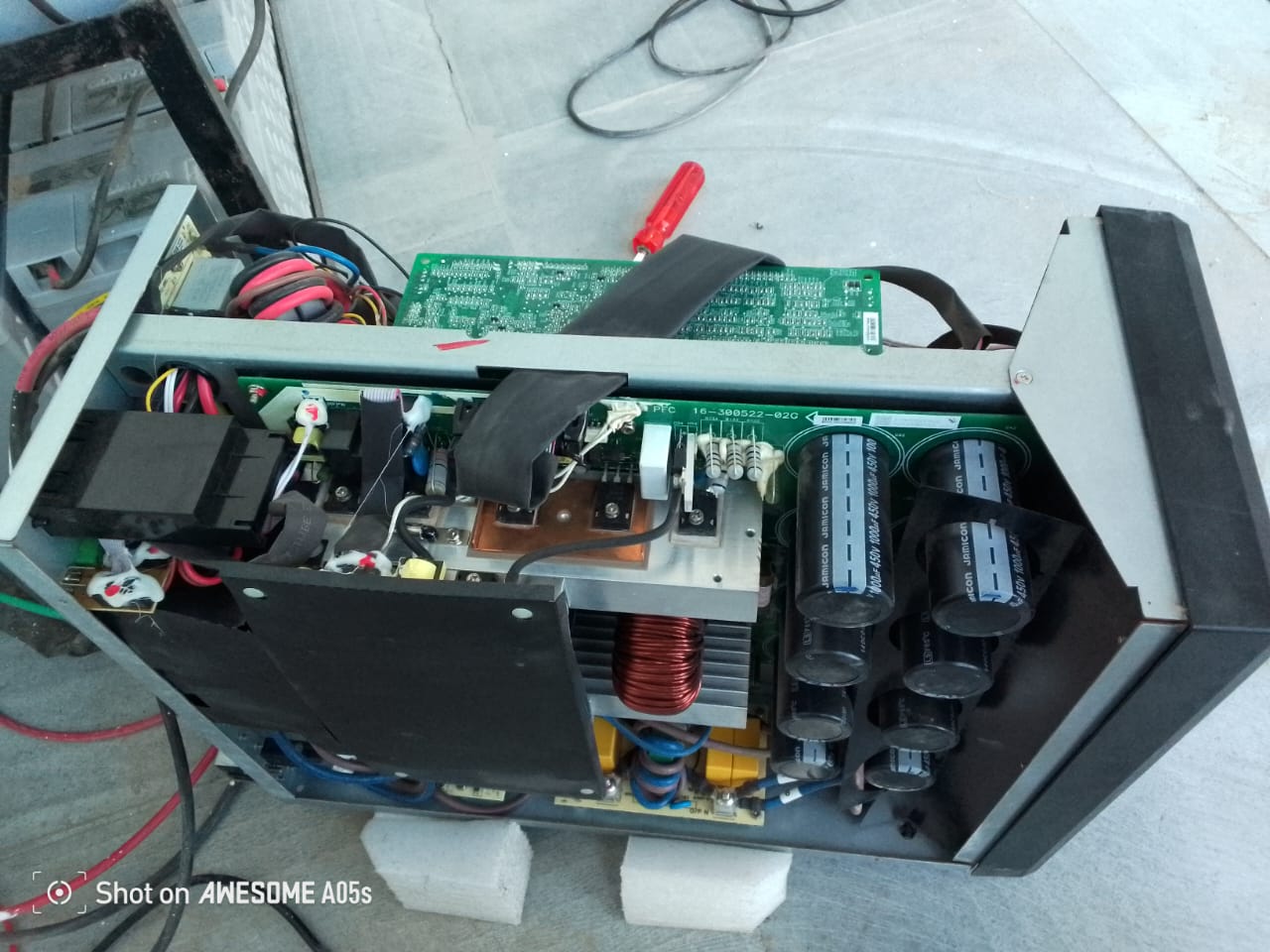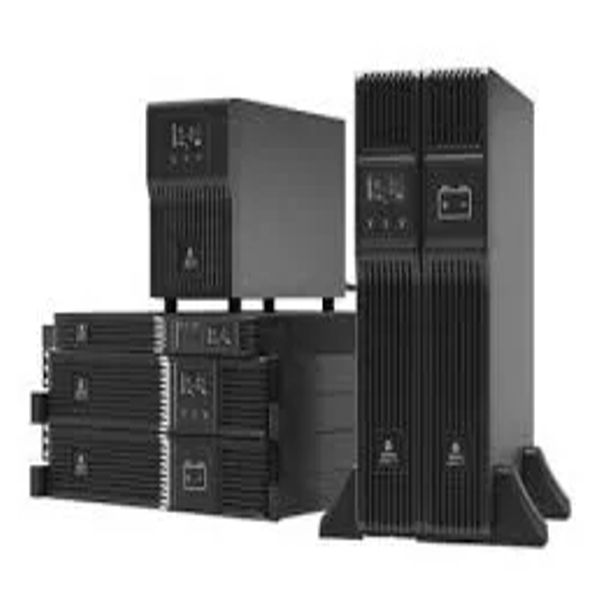Vertiv PowerBank 600 kVA Online UPS The Vertiv PowerBank 600 kVA Online UPS is designed for critical power applications, particularly in data centers and industrial environments. Here’s a comprehensive overview of its specifications, features, benefits, and considerations: Overview The Vertiv PowerBank 600 kVA UPS provides robust, uninterrupted power supply with advanced features for high availability, power quality, and energy efficiency. Key Specifications Power Rating: 600 kVA Input Voltage: Typically 400/415V (three-phase) Output Voltage: 400/415V (three-phase) Frequency: 50/60 Hz (auto-sensing) Topology: Online double-conversion Efficiency: Up to 95% in normal operation and can reach 98% in eco mode Total Harmonic Distortion (THD): Typically <5% at full load Battery and Runtime Battery Type: Usually utilizes VRLA (Valve-Regulated Lead Acid) or Lithium-ion batteries Battery Configuration: Configurable based on requirements, with options for extended runtime Charging Time: Typically 4-8 hours for a full charge, depending on the battery type Runtime: Customizable based on load; options available for longer runtimes (requires additional battery packs) Features Advanced Monitoring: LCD display for real-time monitoring of status, input/output voltage, load percentage, battery status, and alarms. Redundancy: N+1 configuration for enhanced reliability and availability. Scalability: Capable of parallel operation with multiple units for increased capacity and redundancy. Smart Communication: SNMP, USB, and RS232 interfaces for remote management and monitoring. Bypass Switch: Manual bypass switch allows for maintenance without downtime. Hot-Swap Batteries: Some configurations allow for battery replacement without turning off the UPS. Physical Characteristics Dimensions: Varies by model; typically around 120-150 cm in width and depth. Weight: Approximately 600-800 kg, depending on the configuration and battery type. Cooling: Generally air-cooled; ensure proper ventilation in the installation area. Benefits Power Quality: Provides clean, stable, and regulated power to sensitive equipment. High Availability: Designed for critical loads requiring uninterrupted power supply. Energy Efficiency: High-efficiency modes help reduce operational costs. User-Friendly: Intuitive interface and comprehensive management software facilitate easy operation. Considerations Installation: Professional installation is recommended to optimize configuration and ensure compliance with electrical standards. Maintenance: Regular inspections and battery maintenance are crucial for ensuring reliability and longevity. Environmental Conditions: Requires proper ventilation and should be installed in a climate-controlled environment to avoid overheating. Cost: Initial investment can be substantial; consider the total cost of ownership, including maintenance and energy savings. Applications Data Centers Telecommunications Infrastructure Industrial Power Applications Medical Facilities Financial Institutions Conclusion The Vertiv PowerBank 600 kVA UPS is a powerful and reliable solution for ensuring continuous power supply and protecting critical infrastructure.
Send Message







